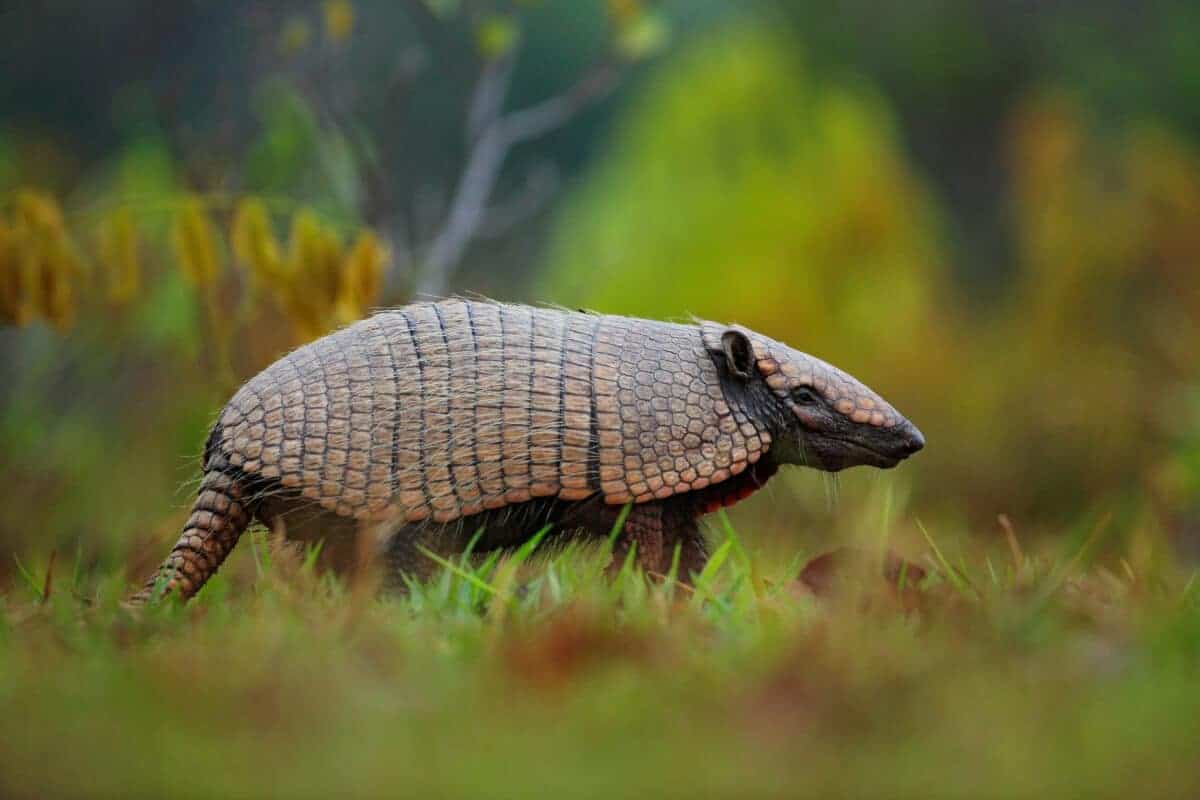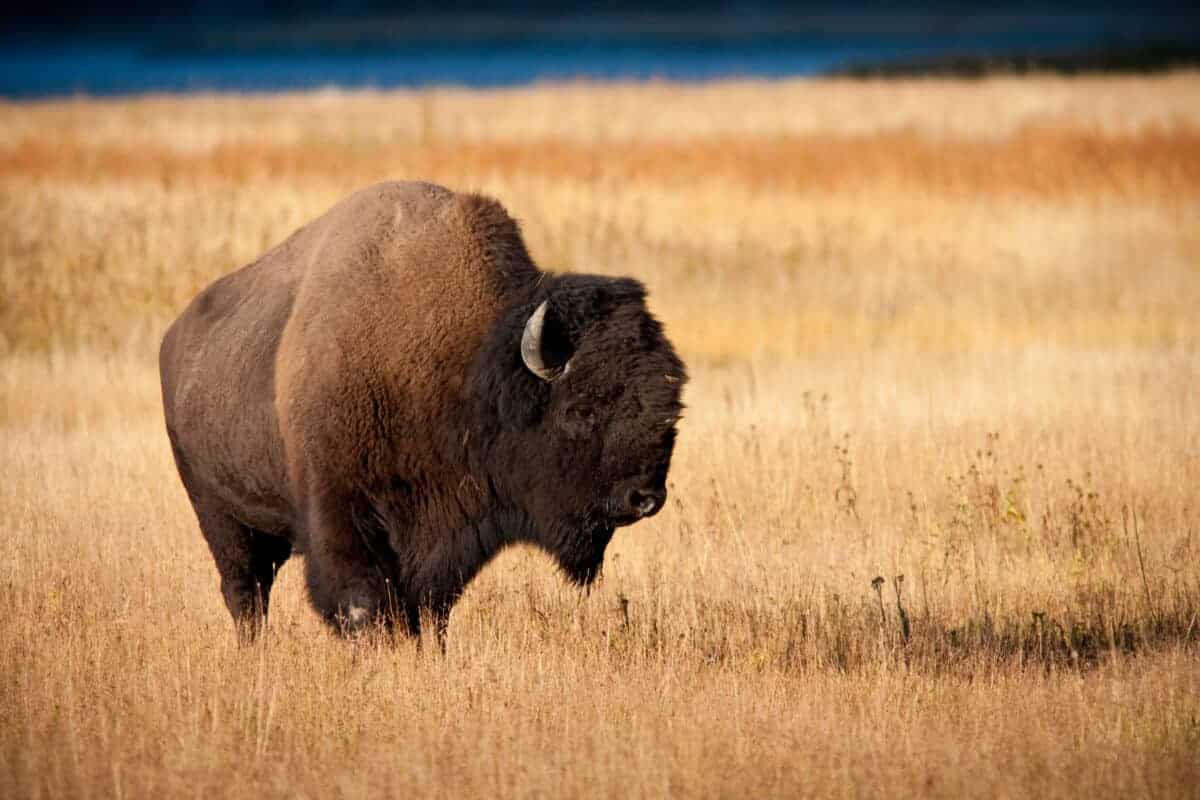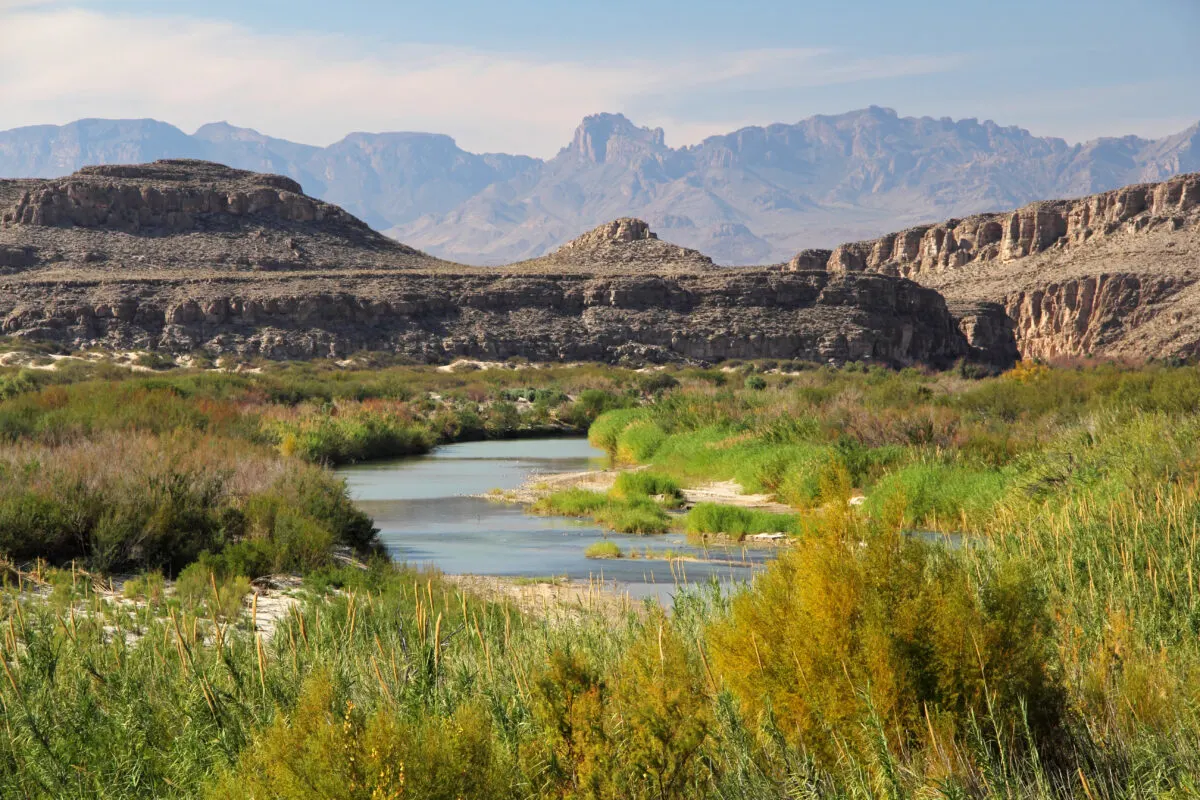Texas, the second-largest state in the United States, boasts a diverse array of ecosystems, each home to a unique assortment of wildlife. From the arid deserts of the west to the lush forests of the east, animals in Texas have evolved to endure a wide range of climate conditions throughout the year.

One of the most iconic animals associated with Texas is the armadillo. With its distinctive armored shell, the nine-banded armadillo is a master of adaptation, thriving in the state’s warm and arid climates. These creatures are often seen foraging for food, using their keen sense of smell to locate insects, small vertebrates, and plant matter. Armadillos can withstand the blistering heat of Texas summers by being primarily nocturnal, avoiding the scorching temperatures during the day.
In stark contrast to the armadillo, the American bison is a symbol of resilience on the vast plains of Texas. These massive herbivores have adapted to the state’s unpredictable weather patterns, including hot summers and cold winters. The bison’s shaggy coat provides insulation against the biting winds that sweep across the plains during the winter, while their tolerance for high temperatures allows them to graze on the sparse vegetation during the scorching summer months.

The Texas Horned Lizard, often referred to as the “horny toad,” is another fascinating resident. Endemic to the arid regions of the state, these lizards have developed a unique set of adaptations to survive in the harsh desert environment. Their flattened bodies help them blend into the sandy terrain, providing camouflage from predators. In addition, they have the ability to shoot a stream of blood from their eyes as a defense mechanism, deterring would-be attackers.

For birds, the vibrant and resilient roadrunner is a familiar sight in the Texas landscape. Known for its distinctive appearance and remarkable speed, the roadrunner thrives in the state’s semi-arid and arid regions. These birds are well-adapted to the challenges posed by the climate, using their speed to hunt down prey and escape predators in the open expanses of Texas terrain.
The coastal areas of Texas, with their unique blend of marshes and estuaries, are home to a diverse range of aquatic life. The American alligator, a formidable predator, is found in these waterways. With a range extending from East Texas to the Rio Grande, alligators are adept at navigating the swamps and wetlands that define the coastal regions. They regulate their body temperature by basking in the sun, crucial for their survival in the varying temperatures of Texas.

In Texas, where the climate can shift dramatically from one extreme to another, animals have developed a remarkable ability to adapt. From the resilient armadillo to the majestic bison, the diverse fauna of Texas paints a vivid picture of survival in the face of challenging weather conditions. These animals serve as a testament to the adaptability and endurance required to thrive in the Lone Star State, where the tapestry of climates creates a unique and dynamic environment for its remarkable wildlife.
Join our Forum for free today!

- Second American Killed by Elephant in Zambia This Year - July 22, 2024
- Elderly Man Kills Grizzly Bear in Montana - July 22, 2024
- Missing Cat Found Weeks Later, 40 Miles Away - July 21, 2024

